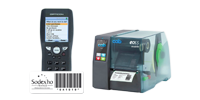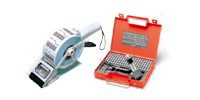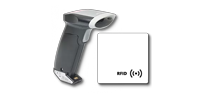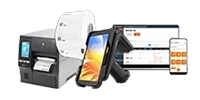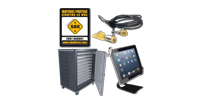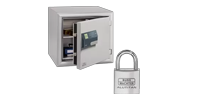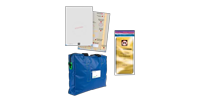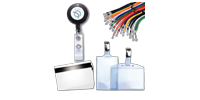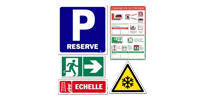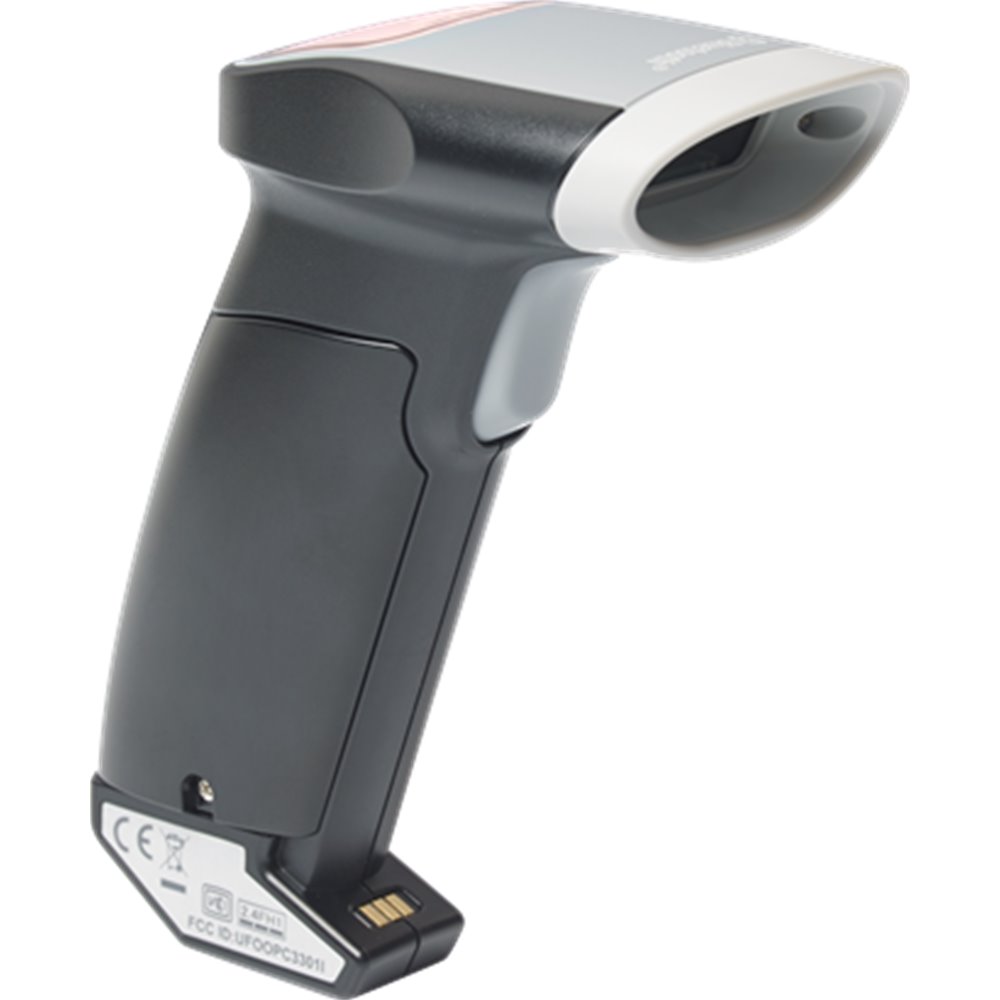OPC-3301i: the simple way to scan your 1D barcodes anywhere
- Bluetooth at a distance of more than 10 m
- Ultra fast scanning
- Very high level of autonomy
The OPC-3301i wireless barcode scanner is the ideal tool for businesses looking to optimize their inventory management and point-of-sale transactions. With its wireless connectivity and ergonomic design, this reader offers exceptional flexibility for efficiently scanning all types of barcodes, including 1D and 2D barcodes, linear barcodes, and QR codes. This barcode reader, perfect for cash registers and real-time stock management, reads quickly and accurately, making it an essential tool for any business.
| Features | Description |
|---|---|
| Supported Barcode Types | Code 128, Code 39, Data Matrix, etc. |
| Connectivity | Bluetooth, USB |
| Operating Mode | Wireless, Wired |
| Special Features | Integrated display for viewing scanned data |
| Compatibility | Compatible with a variety of inventory management and point of sale software |
How to use a barcode reader?
Using the wireless barcode scanner OPC-3301i is simple and intuitive. First, make sure the scanner is charged or connected to a power source. Then, activate the barcode reading function on your device following the manufacturer’s instructions.
Once the reader is ready, simply aim at the barcode you want to scan and press the trigger. The scanner will automatically capture the barcode and transmit the data to the connected device, whether it’s a computer, tablet, or smartphone.
How to scan a QR code from a photo?
To scan a QR code from a photo, it is best to use a scanner equipped with Imager technology. Unlike laser readers, which may struggle with reflections on screens, Imager scanners are suited for effectively reading codes from digital screens. This capability is useful for scanning QR codes displayed on digital devices or photos on mobile, thus facilitating fast and accurate code capture.
How does a barcode reader work?
The operation of wireless scanners relies on advanced optical technology. When you point the scanner at a barcode, a laser or LED projects a light beam onto it. An optical sensor then captures the variations in light reflected by the bars and spaces, decoding the information contained in the code. The barcode data are then transmitted to the connected device via Bluetooth or USB cable, ensuring fast reading.
- Price
- From €231.00 to €429.00 excl. VAT
- Unit
- The reader
- Conditioning
- Individually
- Guarantee
- 1 year
- Weight
- 110
- Format
- 56 x 137 x 113 mm
- Speed
- 100 scans/sec
- Temperature resistance
- -5 °C to 50 °C
- Memory
- 1 MB
- Autonomy
- 48 hours
- Sensor type
- Laser
- Type of reading
- 1D (2D optional)
- Reading distance
- 120 mm
- Resistance to falls
- IP54
- Number of bar codes read
- 20
Choose product attributes:
| Ref. | Barcode reading | Base | Unit price | Buy |
|---|---|---|---|---|
| ACC-LCB-3301-1D | 1D | Base with integrated Bluetooth |
1+
€231.00
|
|
| ACC-LCB-3301-1D-DO | 1D | Socle without Bluetooth + Dongle |
1+
€231.00
|
|
| ACC-LCB-3301-2D | 2D | Base with integrated Bluetooth |
1+
€429.00
|
|
| ACC-LCB-3301-2D-DO | 2D | Socle without Bluetooth + Dongle |
1+
€429.00
|
You might also like

